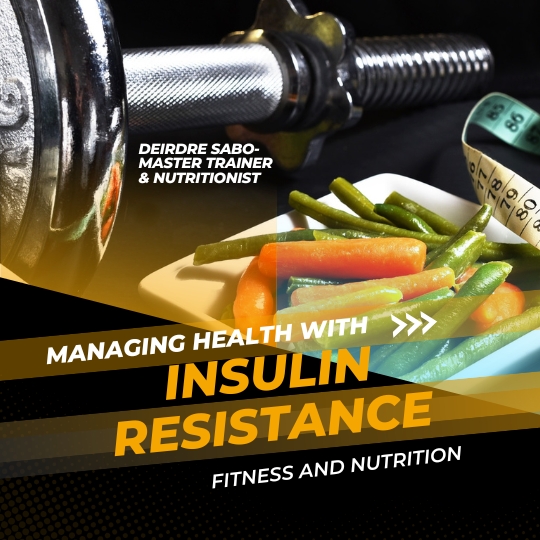
In today’s fast-paced world, discussions about weight management and health often default to the formula of “calories in versus calories out.” However, when it comes to insulin resistance, this traditional approach simply doesn’t cut it. Instead, it’s essential to consider more nuanced factors, such as nutrient timing, exercise intensity, and how to manipulate food intake strategically.
The Limitations of Traditional Caloric Approaches
While counting calories can be a useful tool for some, it fails to recognize the complex relationship between insulin, food, and overall body metabolism. Insulin resistance means that your body cannot effectively use insulin to manage blood sugar levels. This dysfunction can lead to weight gain and difficulty losing weight, regardless of caloric intake. Rather than focusing solely on how many calories we consume versus how many we burn, we need to think about **how** and **when** we consume those calories.
The Importance of Nutrient Timing
Timing your nutrient intake around your workouts can significantly optimize your body’s response to exercise and improve insulin sensitivity. Consuming a balanced meal with carbohydrates and protein both before and after physical activity can enhance your performance while allowing your body to recover more efficiently. This strategy helps in maintaining stable blood sugar levels and can make all the difference in managing insulin resistance.
Exercise Timing: Zone in on Fat Burning
Another critical element to consider is the timing and intensity of your exercise. Engaging in workouts that push you into the heart rate zone specifically designed for fat burning can be a game changer. This zone, typically ranging from 60% to 70% of your maximum heart rate, is where your body shifts from burning glucose to utilizing fat stores for energy. Mastering your heart rate zones not only maximizes fat loss but also improves cardiovascular health and increases overall energy levels.
Manipulating Food to Work for You
It’s crucial to understand that the types of food you consume can greatly influence your body’s insulin response. Choosing whole, nutrient-dense foods like vegetables, fruits, lean proteins, and healthy fats helps maintain balanced blood sugar levels, reducing spikes in insulin. Learning how to combine foods effectively, such as pairing carbohydrates with fiber, protein, or healthy fats, can also help control blood sugar levels more effectively.
Join Deirdre Sabo for a 30-Day Master Class
If you’re ready to take control of your insulin resistance through tailored exercise and nutrition strategies, consider joining master trainer Deirdre Sabo for a transformative 30-day master class. This program will delve into the science behind insulin resistance and empower you with the knowledge and skills needed to manage it effectively. You’ll learn not just how to move and eat but how to integrate these practices into a lifestyle that promotes overall wellness.
In conclusion, moving beyond the simplistic “calories in versus calories out” approach is essential for anyone struggling with insulin resistance. By focusing on nutrient and exercise timing, maximizing fat-burning workouts, and learning to manipulate your diet, you can reclaim your health and vitality. Join us to take the first step towards better management of insulin resistance and a healthier future!
Equestrian Athletes LLC




